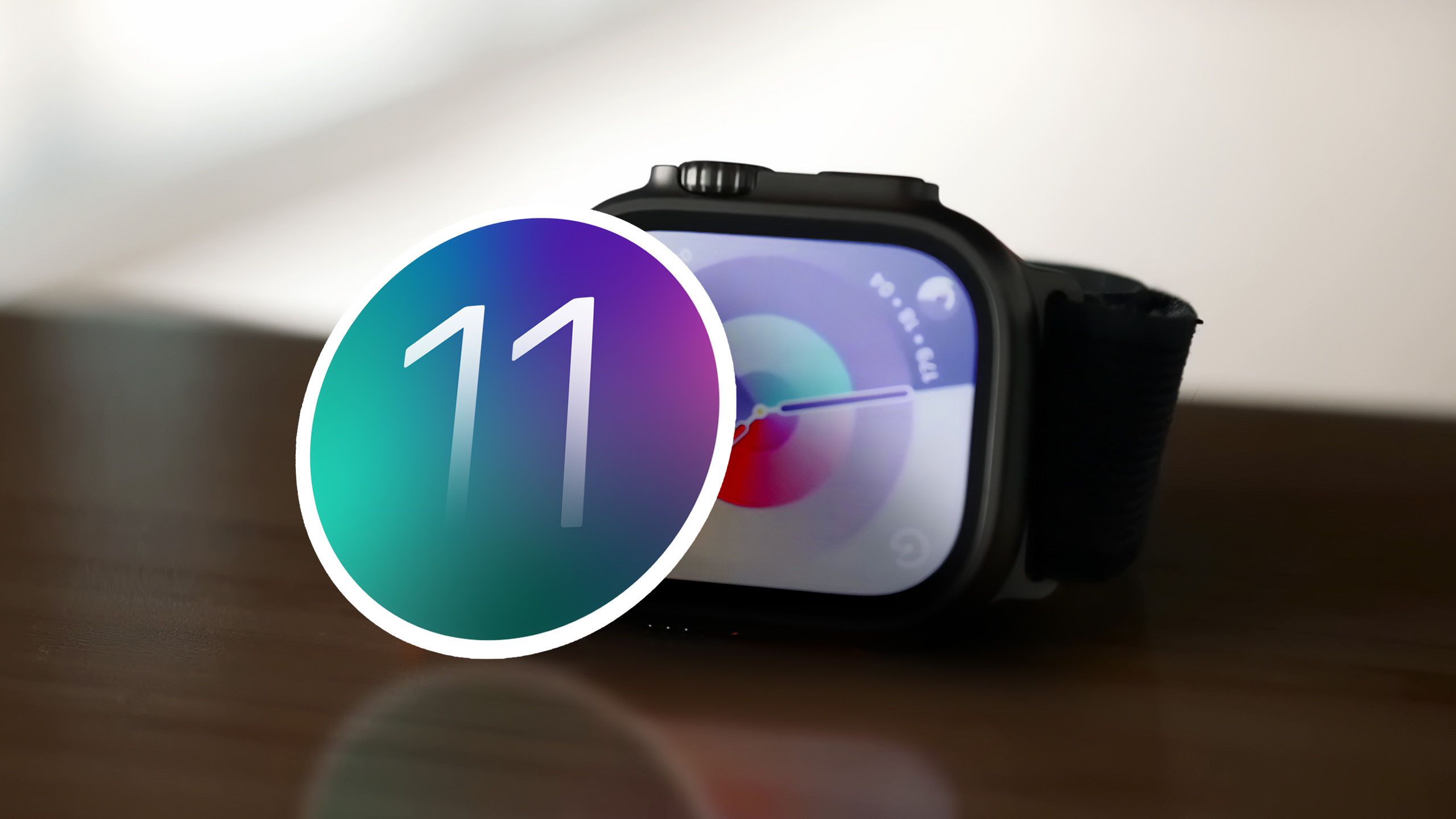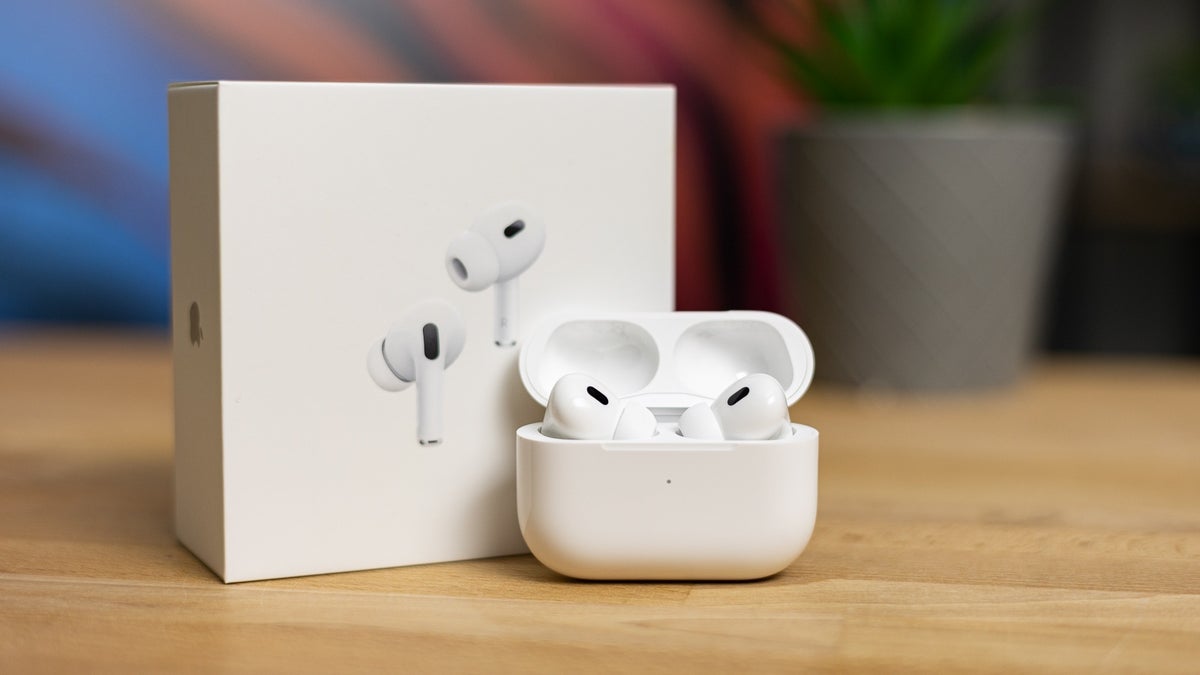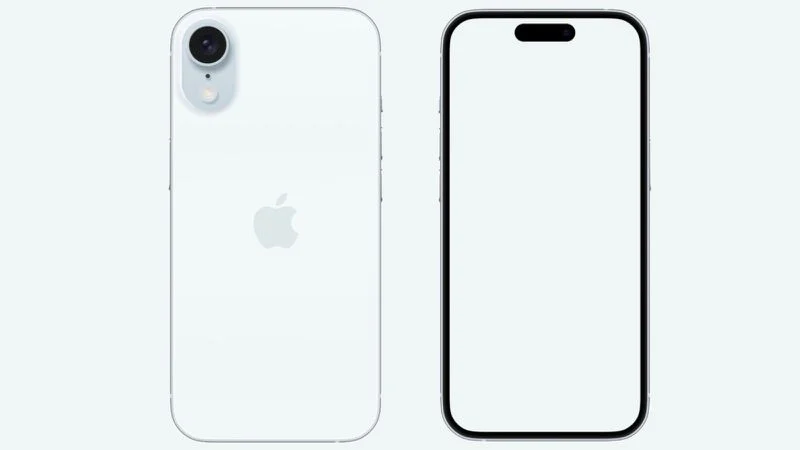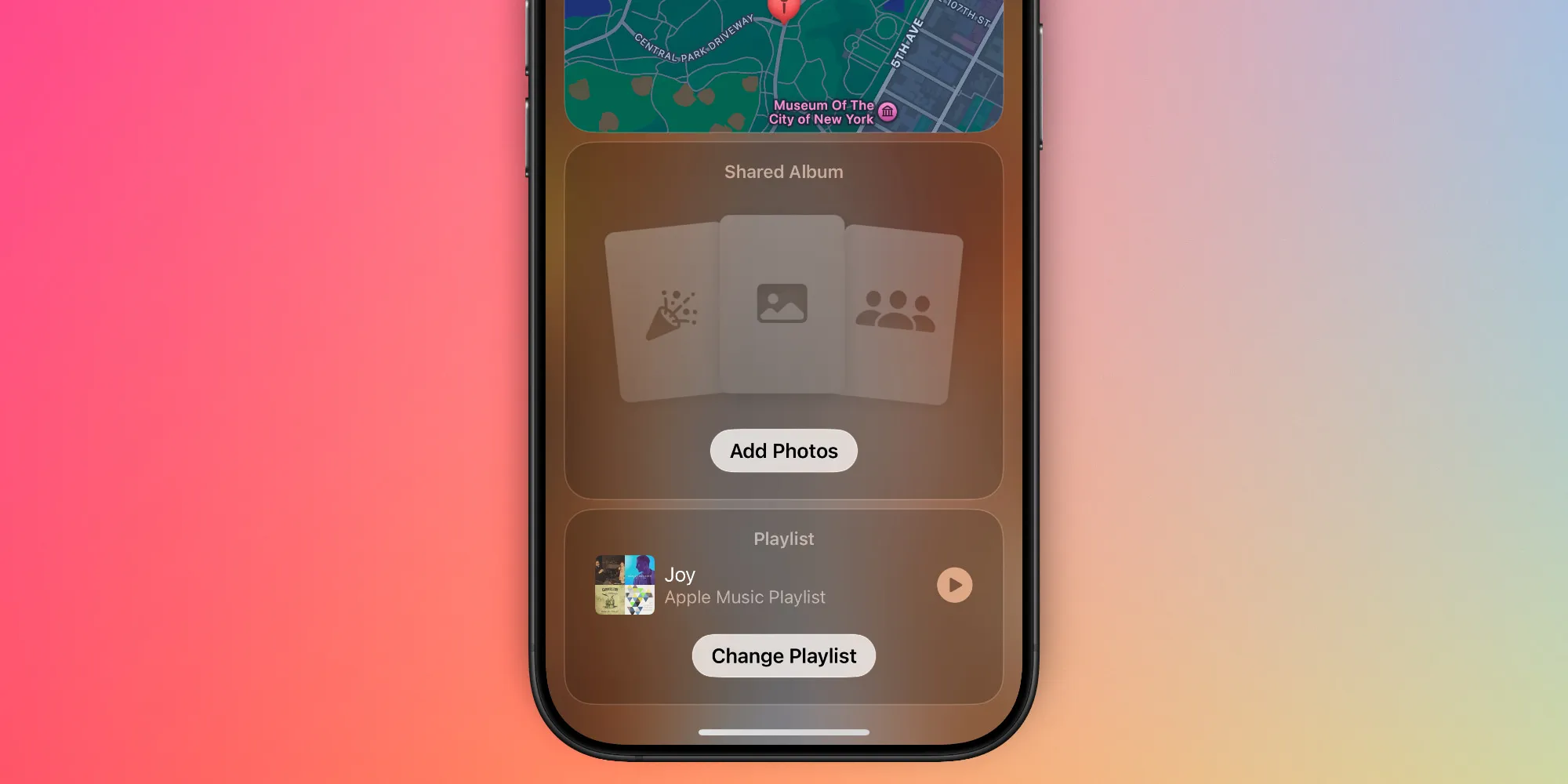Apple has just released iOS 18.3.1 and iPadOS 18.3.1, small but important updates to the iOS 18 and iPadOS 18 systems that were first introduced last September. This update follows closely on the heels of iOS 18.3, which was released just two weeks ago.
To install the new update, users can go to their device’s Settings, then tap General, and finally select Software Update. This process allows eligible iPhones and iPads to download the update directly over the internet. For those still using iPadOS 17, Apple has also made iPadOS 17.7.5 available.
According to the notes provided by Apple, this update focuses on fixing bugs and enhancing security for your device. Looking ahead, iOS 18.4 is on the horizon, with expectations that it will be rolled out in April. We might see the first beta version of iOS 18.4 as early as this week.
This update ensures that your device remains secure and functions smoothly, addressing any small issues that might have crept up in previous versions. Remember, keeping your software up to date is key to enjoying all the latest features and security enhancements Apple has to offer.





